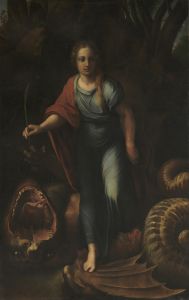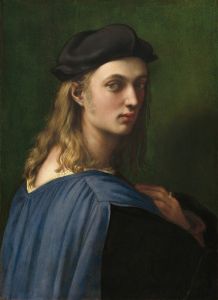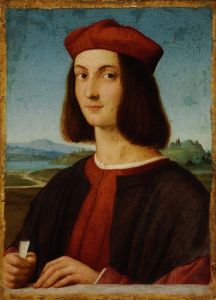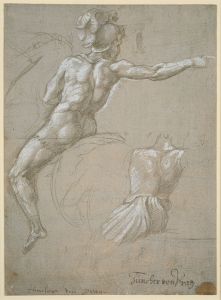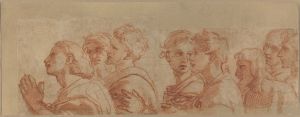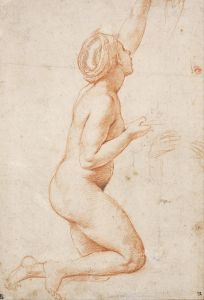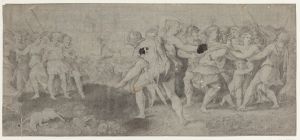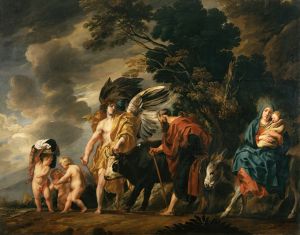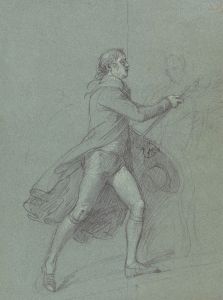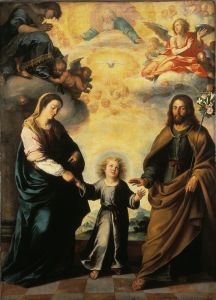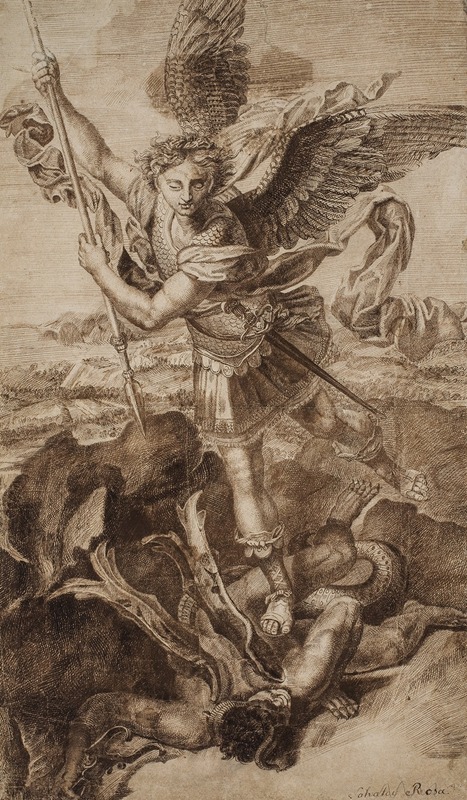
St Michael
A hand-painted replica of Raphael’s masterpiece St Michael, meticulously crafted by professional artists to capture the true essence of the original. Each piece is created with museum-quality canvas and rare mineral pigments, carefully painted by experienced artists with delicate brushstrokes and rich, layered colors to perfectly recreate the texture of the original artwork. Unlike machine-printed reproductions, this hand-painted version brings the painting to life, infused with the artist’s emotions and skill in every stroke. Whether for personal collection or home decoration, it instantly elevates the artistic atmosphere of any space.
"St. Michael" is a painting by the Italian Renaissance artist Raphael, created around 1504-1505. This work depicts the archangel Michael, a prominent figure in Christian theology, who is often portrayed as a warrior angel defeating Satan or the forces of evil. The painting is notable for its dynamic composition, vibrant colors, and the detailed rendering of the figures, which are characteristic of Raphael's early style.
Raphael, whose full name was Raffaello Sanzio da Urbino, was born in 1483 in Urbino, Italy. He was one of the most important artists of the High Renaissance, known for his mastery of form, composition, and color. Raphael's work is celebrated for its clarity, harmony, and visual achievement of the Neoplatonic ideal of human grandeur.
In "St. Michael," Raphael presents the archangel in a moment of triumph. St. Michael is depicted with a youthful, serene face, standing victoriously over a defeated demon. The archangel is dressed in a suit of armor, symbolizing his role as a protector and warrior. He holds a sword in his right hand, poised to deliver the final blow to the demon beneath him. The demon is rendered with grotesque features, emphasizing the contrast between the divine and the infernal.
The background of the painting features a landscape that is typical of Raphael's work during this period. It includes a serene, natural setting with a distant horizon, which helps to create a sense of depth and space. The use of light and shadow in the painting enhances the three-dimensionality of the figures and adds to the overall dramatic effect.
"St. Michael" was commissioned by Guidobaldo da Montefeltro, the Duke of Urbino, and was intended for the church of San Domenico in Città di Castello. This commission reflects the high regard in which Raphael was held even at a young age. The painting is now housed in the Louvre Museum in Paris, where it continues to be admired for its artistic excellence and historical significance.
Raphael's depiction of St. Michael is significant not only for its artistic qualities but also for its iconographic elements. St. Michael is a symbol of divine justice and protection, and his portrayal in art often reflects contemporary religious and cultural values. In this painting, Raphael successfully combines these symbolic elements with his own artistic vision, creating a work that is both spiritually and aesthetically compelling.
Overall, "St. Michael" by Raphael is a masterpiece of Renaissance art that showcases the artist's early talent and his ability to convey complex themes through his work. The painting remains an important part of Raphael's oeuvre and a testament to his enduring legacy in the history of art.





